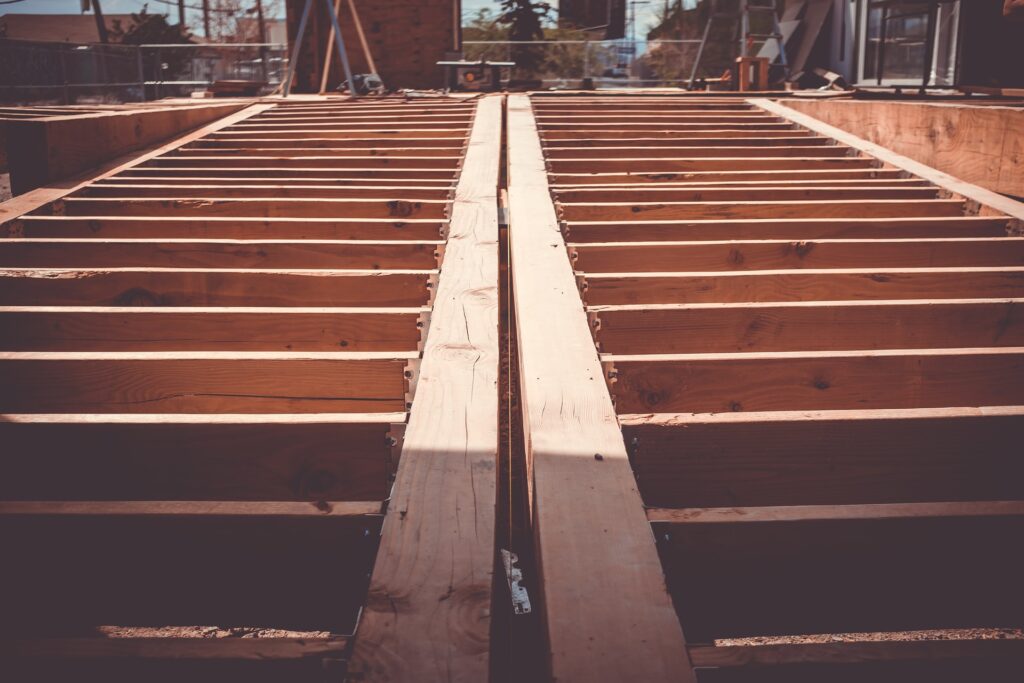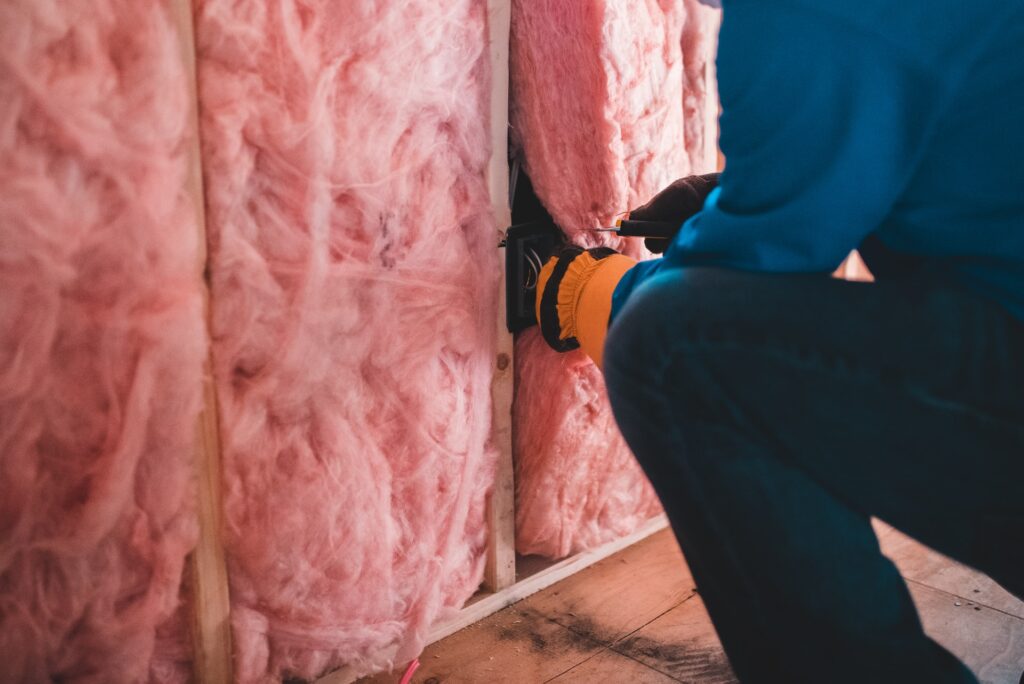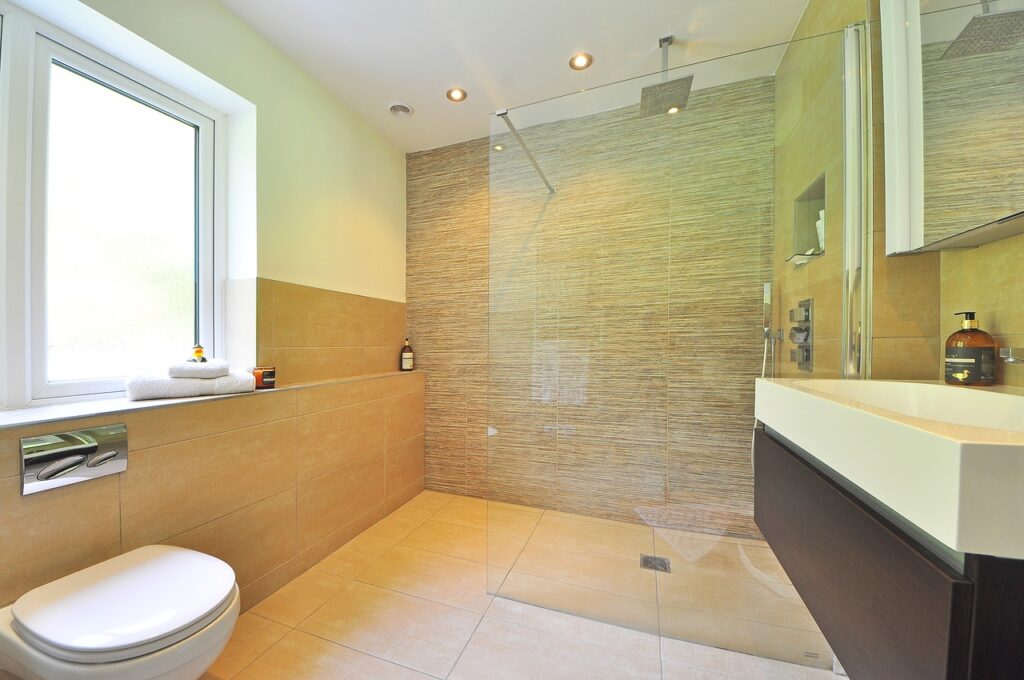
A 10 Step Guide to Building Your Own Home
Building a home is a lengthy endeavor that requires you to know exactly what you’re doing and what the process requires of you. Because of the number of steps that are involved in the home-building process, the average time for constructing a home can be anywhere from 1-3+ years. The primary factor that dictates how long the construction process takes is the size of the home that you want to build.
Building your own home can be advantageous for a number of reasons, the primary of which is that you will have control over the entire design and construction process. By having a say in the design of your home, it can be built to match your exact specifications and preferences. You can also reduce your overall costs by as much as 10-20% with the right approach. In general, custom homes can cost anywhere from $250,000 to $1.5 million to construct. You should expect to pay around $500-$1000 per square foot when building your own home.
Before you go forward with constructing your own home, keep in mind that this process can be a difficult one if you haven’t been involved in home construction before now. There are numerous moving parts that must be managed to ensure that everything comes together at the end. The home-building process can be simplified by following a structured guide that helps you understand what steps need to be taken and when these steps should occur.
Among the most important aspects of building your own home is obtaining the right permits that will allow you to go forward with the construction process. These permits can include everything from a standard building permit to an electrical permit. In most cases, the permitting process can be completed without issue. However, you’ll need to provide the Los Angeles Department of Building and Safety with building plans and other documentation to make sure that your home will be safe and well-built. The following is a comprehensive guide on what it takes to construct your own home.
What Permits May Be Required When Building a Home?

If you want to build a home, you will first need to obtain building permits that will allow you to legally construct the home in question. These permits are issued by the Los Angeles Department of Building and Safety and are meant to ensure that the design for your home meets certain safety, zoning, and design regulations. Along with the standard building permit, there are a range of additional permits that you may need to apply for if you want to build your home from scratch. These permits include:
- Building permit – This is the basic permit you’ll need to obtain that will grant you the ability to continue with a construction project. Your building plans must adhere to local zoning, land use, and construction regulations.
- Grading permit – This permit allows you to make changes to your property’s foundation in preparation for the home you’re about toe construct.
- Plumbing permit – If any plumbing work is set to be done during the construction project, you must obtain a plumbing permit.
- Electrical permit – An electrical permit will allow you to install wiring and perform other electrical work throughout the construction process.
- Mechanical permit – If you’re set to perform work pertaining to heating and cooling systems as well as duct-work, a mechanical permit is necessary.
- Pool permit – This permit grants you the ability to build an in-ground pool without issue.
- Move permit – If you’re set to use several vehicles during the construction process, make sure that you obtain a move permit that will allow you to park your vehicles on the street for a set period of time.
- Demolition permit – If you need to demolish an old structure to make way for your new home, you’ll first need to apply for a demolition permit.
- Roofing permit – This permit allows you to add a roof to your home.
- Deck permit – Once you obtain this permit, you can add a deck to the new home you’re building.
1. Prepare the Construction Site
The initial step in the home-building process involves preparing the site for construction. At this stage of the process, you’ll need to apply for and obtain the necessary permits. When all of the necessary permits have been acquired, the construction crews you’ve hired can begin to level the site, after which wooden forms are placed in the ground to serve as a temporary foundation. Footings will need to be installed as well.
In this stage of the process, the entire foundation for the home is prepared, which can involve pouring concrete in any holes and trenches that have been created. Once the concrete is cured, a waterproofing membrane will be added to the primary foundation walls. Water taps and drains will also be installed.
Any plumbing that’s required around the foundation of your home will be added during the first step. After the curing process has been completed, the foundation will be inspected by a city inspector to make sure that the core structure of the home has been properly placed. If the inspection goes according to plan, the framing phase can begin.
2. Begin Rough Framing

This step involves the installation of the rough framing for the home, which includes the flooring, walls, and a roof system. Sheathing will also be applied directly to the exterior walls, which is meant to be outfitted with a protective barrier that will keep rain and other moisture from getting in while the construction process is ongoing. The components that are added at this stage of the process are known as the skeleton or shell of the home.
3. Install Plumbing and Electrical
Now that you’ve completed the rough framing, you can focus on installing the necessary plumbing and electrical systems, which must be done before you can install any appliances. The systems that are installed during this process include:
- Water supply lines
- Wiring and piping
- HVAC vent pipes
- Bathtubs and shower units
- Duct-work for your HVAC system
- Sewer vents and lines
The circuit panel will also be installed at this time, which allows the electrician to connect all wiring throughout the home directly to the panel. The wiring for any music systems, TV sets, and telephones can be added at this time.
4. Insulation

If you want to make sure that your home feels cool during the summer and warm during the winter, adding the right insulation is essential. By adding the right amount of insulation, you won’t need to use your HVAC system as much, which should keep your monthly energy bills down. Some of the different types of insulation you can add to your home include spray foam, insulated panels, concrete blocks, cellulose, and fiberglass.
The insulation you use should be placed along the exterior walls, floors, attic, crawl spaces, and basement. You should be able to install the necessary insulation in a single day. Make sure that you look for insulation with a high R-value if you want the material to perform well.
5. Complete Drywall and Interior Fixtures, Start Exterior Finishes
At this stage of the process, you’ll want to:
- Complete texturing
- Hang the necessary drywall
- Apply the main coat of paint
- Install exterior finishes
The exterior finishes you install on your home can include everything from brick to stucco. The structure should start to look like an actual home by this point.
6. Finish Interior Trim, Install Exterior Driveways and Walkways

This phase of the home-building process involves:
- Installing doors, decorative trim, and window sills
- Installing cabinets and vanities
- Installing fireplace mantles
- Adding a final coat of paint
Along with a final coat of paint, you may want to add some wallpaper in areas that require it. You should also form any patios, driveways, and walkways around the home. You can choose to pour the driveway at the end of construction or soon after the foundation has been installed.
7. Flooring, Countertops, and Exterior Grading
Whether you’ve selected wood or tile flooring, it should be installed throughout your home during this step. The countertops that you’ve selected should also be placed in the kitchen and bathrooms throughout your home. Exterior grading can be completed as well to ensure that water is drained away from the home and that the yard is ready for landscaping.
8. Install Fixtures in Bathroom

During this stage, you should focus on installing any bathroom fixtures. This includes outlets, switches, light fixtures, faucets, toilets, and sinks.
9. Finish Bathroom, Flooring, and Exterior Landscaping
Once most of the bathroom fixtures have been installed, you can finish the bathroom installations by placing shower doors and mirrors in the right areas. Rooms should be carpeted as well. You should also take some time to complete exterior landscaping, which can include planting trees, grass, and shrubs.
10. Final Walk-Through
The last step of the home-building process involves the final walk-through. The builder you’ve hired will take you through your new home to look at the features and any systems and appliances that have been installed. You’ll also learn about your maintenance and upkeep responsibilities. The builder should help you understand your home warranty and what situations it can be used for.
Make sure that you look for any spots that may require adjustments. The construction process isn’t 100% completed at this time, which means that small changes can still be made. For instance, the floors and countertops may have some small amounts of damage on them. If you don’t identify these problems before construction is finished, you will likely need to pay for any necessary repairs. Any problems you have should be communicated to the builder. Now that every facet of construction has been taken care of, you should be ready to enjoy the new home you’ve built.

Jason Somers, President & Founder of Crest Real Estate
With over 15 years of professional experience in the Los Angeles luxury real estate market, Jason Somers has the background, judgement and track record to provide an unparalleled level of real estate services. His widespread knowledge helps clients identify and acquire income producing properties and value-ad development opportunities.
Learn more about Jason Somers or contact us.



